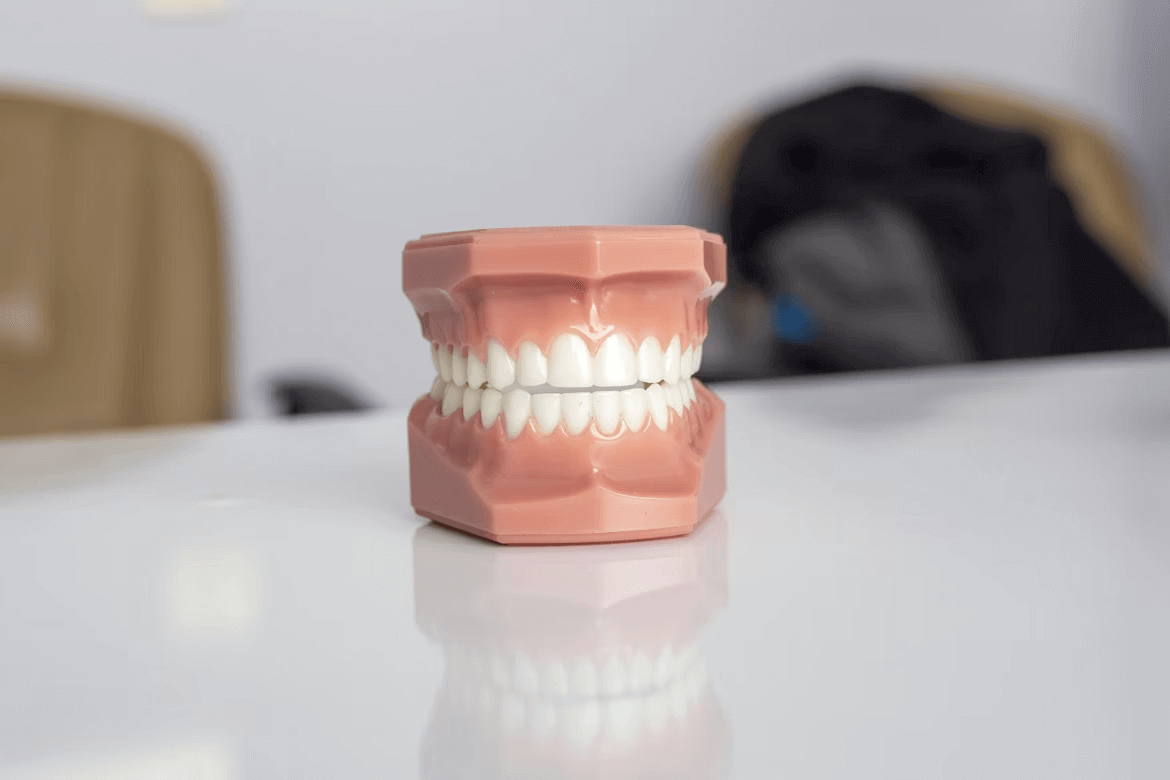How Much Does Gum Grafting Cost Without Dental Insurance?
This post contains affiliate links. Click here to read my affiliate policy.
Last Updated on November 6, 2025
If you’ve been told you need gum graft surgery, you’re probably asking yourself: how much does gingival grafting cost if I don’t have dental insurance? Gum grafting is a routine periodontal treatment used to cover exposed roots, stop gum recession, and protect your teeth — but the price can differ quite a bit depending on several factors. Understanding what affects the cost can help you plan ahead, compare treatment options, and avoid sticker shock.
Why gum grafting matters
Gum recession happens when your gums start to pull back, leaving more of the tooth and its root exposed. Not only can this cause tooth sensitivity, but it can also raise the risk of cavities along the exposed root surface. In some severe cases, it could even result in tooth loss. Gingival grafting is a procedure that takes healthy tissue — either from your own mouth or a donor source — and places it over the affected areas to rebuild the gumline and protect your teeth from further damage.
Left untreated, recession tends to worsen over time.¹ That’s why grafting is considered both a restorative and preventative treatment, helping you save your teeth and avoid bigger problems down the road.
Typical costs without insurance
Without dental insurance, the price of gum grafting will depend on several factors:
- Number of teeth treated: Treating a single tooth is much less expensive than covering multiple sections.
- Type of graft: Your total cost can change based on the technique your periodontist recommends. Some patients need a connective tissue graft, while others may benefit from a free gingival graft, a pedicle graft, or even donor tissue. Of course, each option comes with its own price range.
- Additional procedures: Sometimes, extra steps are needed before a gum graft procedure — like a deep cleaning, root planing to smooth the tooth surface, or even a small bone graft. Each of these can add to the overall cost of treatment.
- Specialist fees: Seeing a periodontist — a dentist who specializes in treating gums — may cost a bit more than visiting a general dentist. That said, their advanced training often means a more precise procedure and results that last longer.
- Geographic location: Dental fees tend to be higher in large cities or locations with a higher cost of living, meaning the same procedure could be several hundred dollars more, depending on where you live.2
Without insurance, the cost of gum grafting can range from $2,120 to $4,982.3

The value beyond the price tag
Looking only at the upfront price can make gum grafting seem costly, but the procedure offers advantages that extend far beyond the immediate treatment:
- Protects tooth roots from decay: When gums recede, the roots — which aren’t covered with protective enamel — are exposed and more vulnerable to cavities. Grafting covers these areas, creating a barrier that reduces the risk of decay and future dental work.
- Reduces tooth sensitivity: Exposed roots can make common activities, like sipping hot coffee or eating ice cream, super uncomfortable. Covering them with healthy gum tissue helps insulate the tooth and greatly reduces temperature sensitivity, letting you enjoy your favorite foods without pain.
- Stops further gum recession: Gum grafting helps halt the progression of recession by adding durable, healthy tissue where it’s needed. This reinforces the gumline and supports the teeth, reducing the likelihood of continued tissue loss.
- Improves the look of your smile: A receding gumline can make teeth look long or uneven. Gum grafting can help restore balance and symmetry, leading to a healthier-looking, more youthful smile.
- Supports long-term oral health: Strong gums provide the foundation for healthy teeth. By restoring lost tissue, you strengthen the support system for your teeth and reduce the risk of tooth loosening or loss over time.
- Prevents expensive future treatment: Treating gum recession early can save you from needing more invasive procedures later, like dental implants, bridges, or partial dentures — all of which can cost significantly more than a graft.

In short, gum grafting is an investment in your health and your confidence. It helps protect your teeth, improves the look of your smile, and can save you from bigger — and more expensive — dental problems later on.4
Making treatment more affordable
Even if you don’t currently have coverage, this is where affordable dental insurance can help. Many dental insurance plans will pay for part of the cost of gum grafting if your dentist deems it medically necessary.
Here’s how you can keep costs manageable:
- Ask for a pre-treatment estimate: Before you schedule your procedure, request a cost estimate from your dental office. This will give you a clear picture of what’s included and help you plan for any out-of-pocket expenses.
- Explore insurance options: If you know you’ll need several procedures, you might consider enrolling in a dental plan ahead of time. Having coverage in place can significantly reduce what you’ll pay out of pocket once treatment begins.
- Use payment plans or financing: Many dental offices partner with third-party financing providers so you can spread payments over time.
- Time your procedures strategically: If your plan has an annual maximum, splitting treatment across benefit years can reduce out-of-pocket costs.

What to expect during and after the procedure
Most gum grafting procedures are done with local anesthesia and take about one to two hours, depending on how many teeth are treated. After your procedure, your dentist will give you simple care instructions to keep the area clean and protected while it heals. During the recovery period, your diet should consist of soft foods. Most people feel normal again after about two weeks, but full healing typically takes several months.4
The bottom line
For many people, the idea of gum grafting comes with some price surprise. Without insurance, the price can feel overwhelming. But this procedure isn’t just about fixing a cosmetic concern — it helps protect your teeth and stop recession from getting worse. Knowing what goes into the cost and planning ahead can make the process easier to manage. Start by having an honest conversation with your periodontist. Ask about the different treatment options, request a clear estimate of the fees, and see if there are payment plans that could spread out the expense.
Addressing gum recession early helps you stay ahead of future dental issues. If you choose to do treatment now, you can feel confident knowing it will protect the roots of your teeth, keep your smile healthy and natural, and lower the chances of needing major dental work down the road.
Sources
1 Madison Avenue Periodontics – Gum Grafting: Types, Factors, Costs, and Recovery. Updated 2024. https://www.madisonavenueperiodontics.com/gum-grafting-types-factors-costs-and-recovery/. Accessed September 25, 2025.
2 Flossy – How Much Does a Gum Graft Cost With and Without Insurance? Updated 2024. https://www.flossy.com/blog/how-much-does-a-gum-graft-cost-with-without-insurance. Accessed September 25, 2025.
3 CareCredit – How Much Does Gum Grafting Cost? Price and Procedure Guide. Updated November 15, 2024. https://www.carecredit.com/well-u/health-wellness/gum-graft-cost-financing/. Accessed September 25, 2025.
4 Smiles by Hanna – The Cost of Gum Grafting Surgery: Insights and Expenses. Updated 2024. https://www.smilesbyhanna.com/the-cost-of-gum-grafting-surgery-insights-and-expenses/. Accessed September 25, 2025.
Content within this article is provided for general informational purposes and is not provided as
tax, legal, health, or financial advice for any person or for any specific situation. Employers,
employees, and other individuals should contact their own advisers about their situations. For
complete details, including availability and costs of Aflac insurance, please contact your local
Aflac agent.
Aflac coverage is underwritten by American Family Life Assurance Company of Columbus. In New York, Aflac coverage is underwritten by American Family Life Assurance Company of New York.






